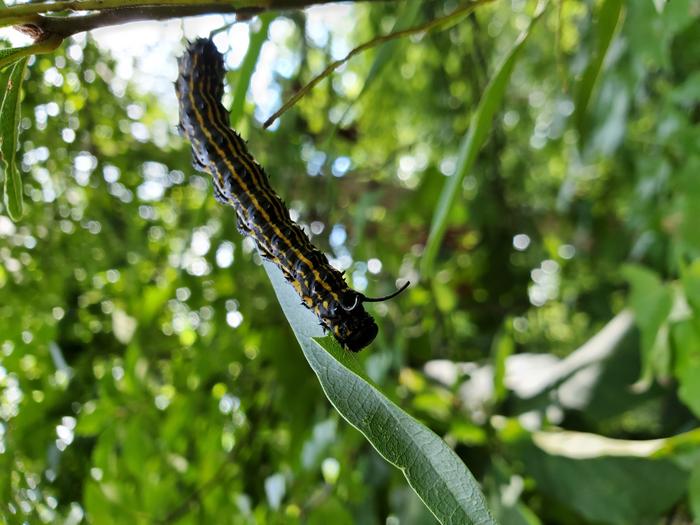In the intricate world of biological materials, insect blood, known as hemolymph, has long been a mystery. Unlike vertebrate blood, which is well-understood, insect hemolymph lacks the familiar components of red blood cells, hemoglobin, and platelets. Instead, it contains amoeba-like cells called hemocytes that play a crucial role in immune defense.
Just like blood, hemolymph must quickly clot when it comes into contact with the outside world to stop bleeding. But how this remarkable feat is accomplished has remained an enigma – until now.
Researchers from Clemson University have unveiled the secrets of how caterpillars of the Carolina sphinx moth can seal wounds in just a minute. “Here we show that these caterpillars, called tobacco hornworms, can seal the wounds in a minute. They do that in two steps: first, in a few seconds, their thin, water-like hemolymph becomes ‘viscoelastic’ or slimy, and the dripping hemolymph retracts back to the wound,” explained senior author Dr. Konstantin Kornev, a professor at the Department of Materials Science and Engineering.
The researchers had to develop new techniques to study this process, as the tiny amount of hemolymph in fully grown tobacco hornworms typically clots within seconds, making it challenging to observe using conventional methods. “Even so, the failure rate for the trickiest manipulations was enormous (up to 95%), requiring many attempts,” said Kornev.
The team’s observations revealed that within the first 10 seconds after the hemolymph starts flowing, it undergoes a remarkable transformation. “It now did not break instantaneously but formed a long bridge behind the falling drop,” said Kornev. “Typically, bleeding stopped completely after 60 to 90 seconds, after a crust formed over the wound.”
Further analysis using advanced microscopy and materials science modeling showed that the hemocytes, or immune cells, play a crucial role in this process. “Turning hemolymph into a viscoelastic fluid appears to help caterpillars and cockroaches to stop any bleeding, by retracting dripping droplets back to the wound in a few seconds,” Kornev explained. “We conclude that their hemolymph has an extraordinary ability to instantaneously change its material properties.”
The researchers found that the hemocyte-rich hemolymph of caterpillars and cockroaches behaved very differently from the hemocyte-poor hemolymph of adult butterflies and moths. While the former formed bridges when stretched, the latter immediately broke apart.
“Our discoveries open the door for designing fast-working thickeners of human blood,” said Kornev. “We needn’t necessarily copy the exact biochemistry, but should focus on designing drugs that could turn blood into a viscoelastic material that stops bleeding. We hope that our findings will help to accomplish this task in the near future.”
The insights gleaned from this study not only shed light on the remarkable adaptations of insect blood, but also hold the potential to revolutionize human medical treatments, paving the way for more effective wound-sealing solutions.


